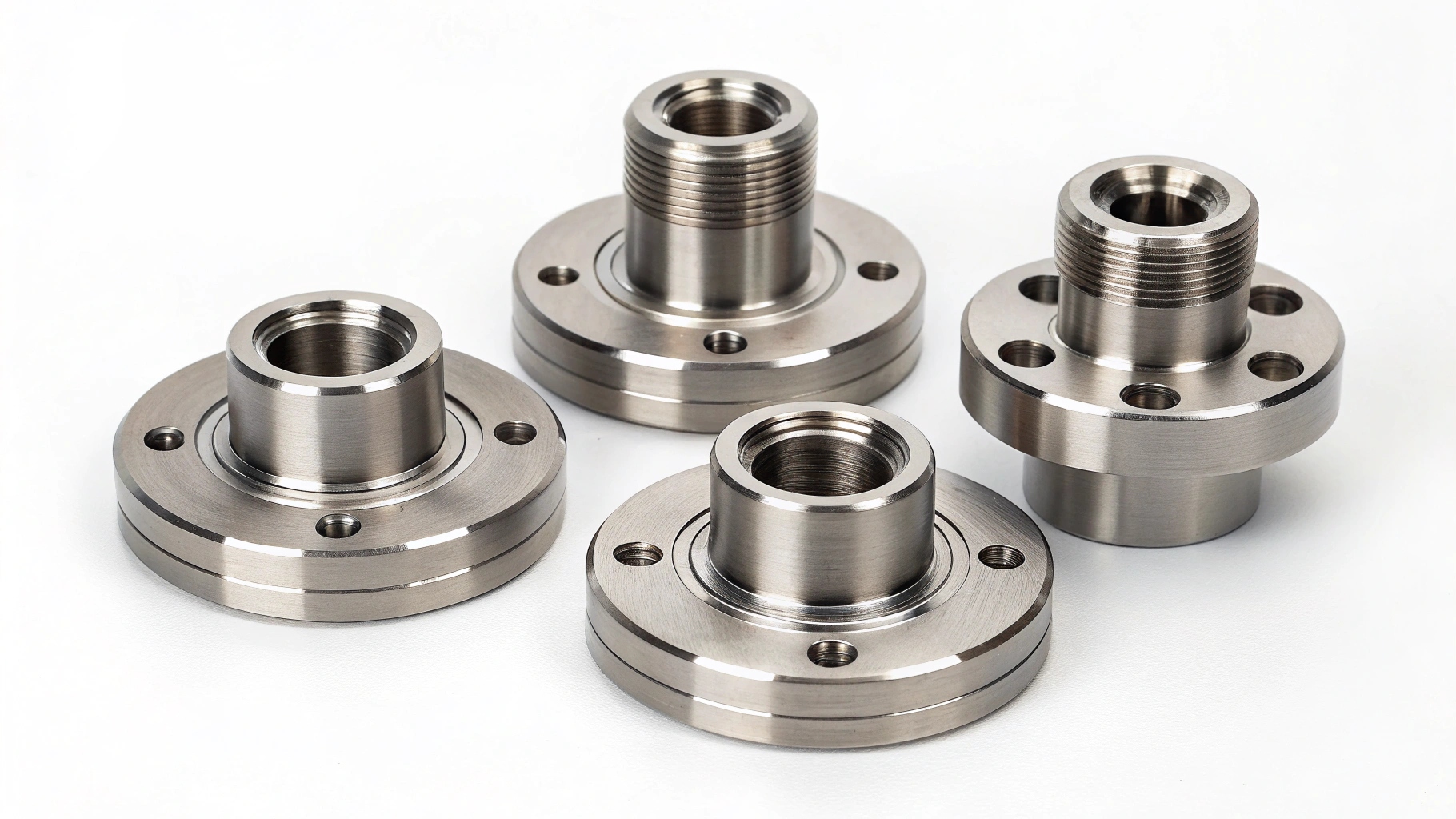
Selecting the appropriate machining process can be challenging due to the variety of methods available.
Machining processes are manufacturing techniques that shape materials into desired forms through material removal. Each process offers unique advantages and is suitable for specific applications.
Understanding these processes is essential for making informed decisions in manufacturing. Let's delve into the various types of machining operations.
Understanding the Basics of Machining Processes?
Machining is a subtractive manufacturing process1 that removes material from a workpiece to achieve the desired shape. Common machining operations include turning, milling, drilling, and grinding. These processes are influenced by factors such as material properties, cutting tool selection2, and machining parameters3 like speed, feed rate, and depth of cut.
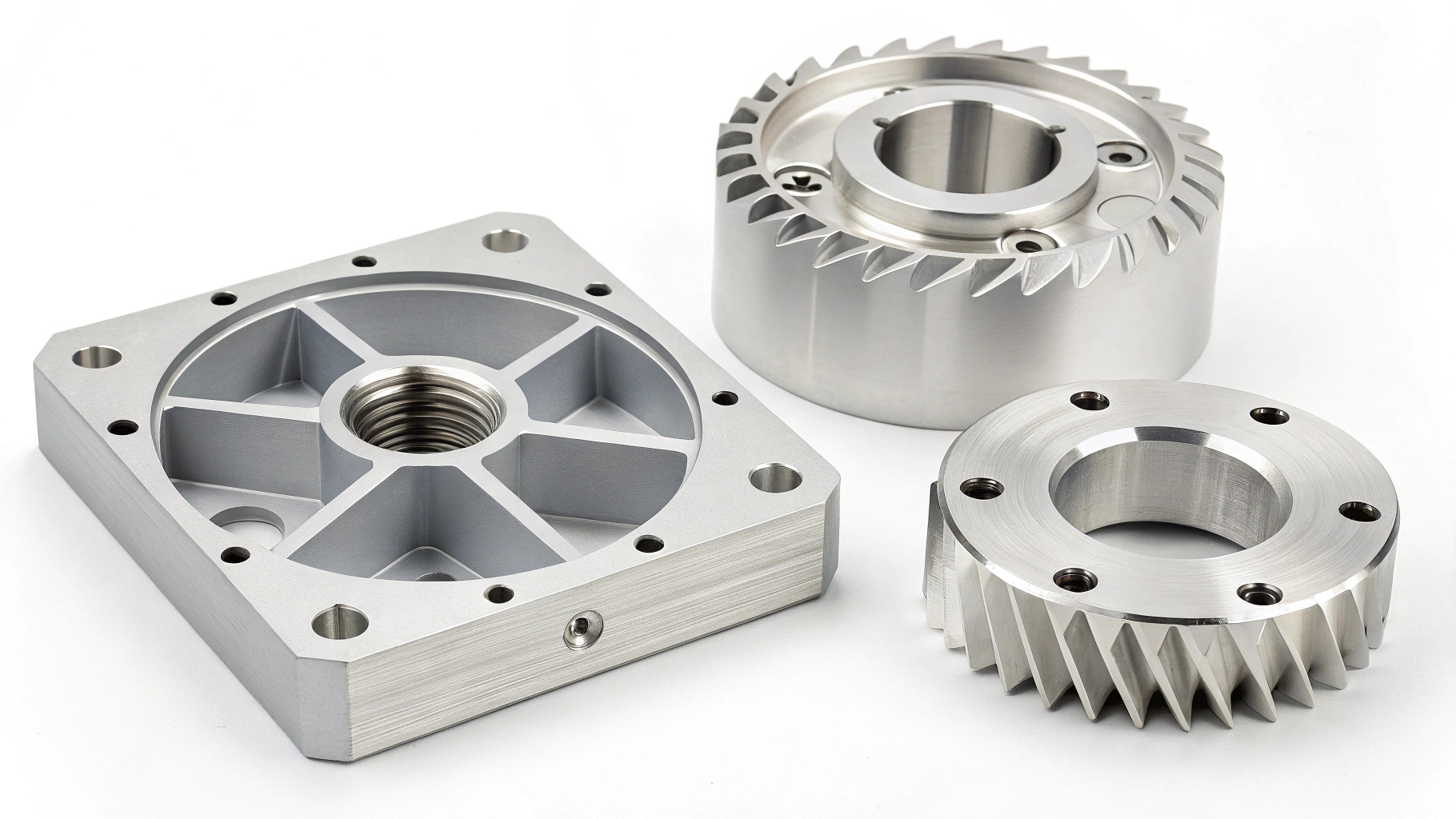
Dive-Deeper: Key Principles and Considerations
To grasp machining fundamentals, consider the following aspects:
Types of Machining Operations
| Operation | Description |
|---|---|
| Turning | The workpiece rotates while a stationary cutting tool removes material, producing cylindrical parts. |
| Milling | A rotating cutting tool moves along multiple axes to remove material, suitable for complex shapes. |
| Drilling | A rotating drill bit creates round holes in the workpiece. |
| Grinding | An abrasive wheel removes small amounts of material for fine finishes and precise dimensions. |
Factors Influencing Machining
- Material Properties: Hardness and toughness affect machinability.
- Tool Geometry: The shape and material of the cutting tool impact efficiency and finish.
- Cutting Parameters: Speed, feed rate, and depth of cut must be optimized for each operation.
- Coolant Use: Proper lubrication reduces heat and tool wear, improving surface quality.
Understanding these factors aids in selecting the appropriate machining process and parameters for specific applications.
What are the Different Types of Machining Operations?
Machining operations are divided into conventional methods like turning, milling, and drilling, and non-conventional methods such as EDM and laser cutting. Conventional methods rely on tool-workpiece contact, while non-conventional methods use energy-based processes.
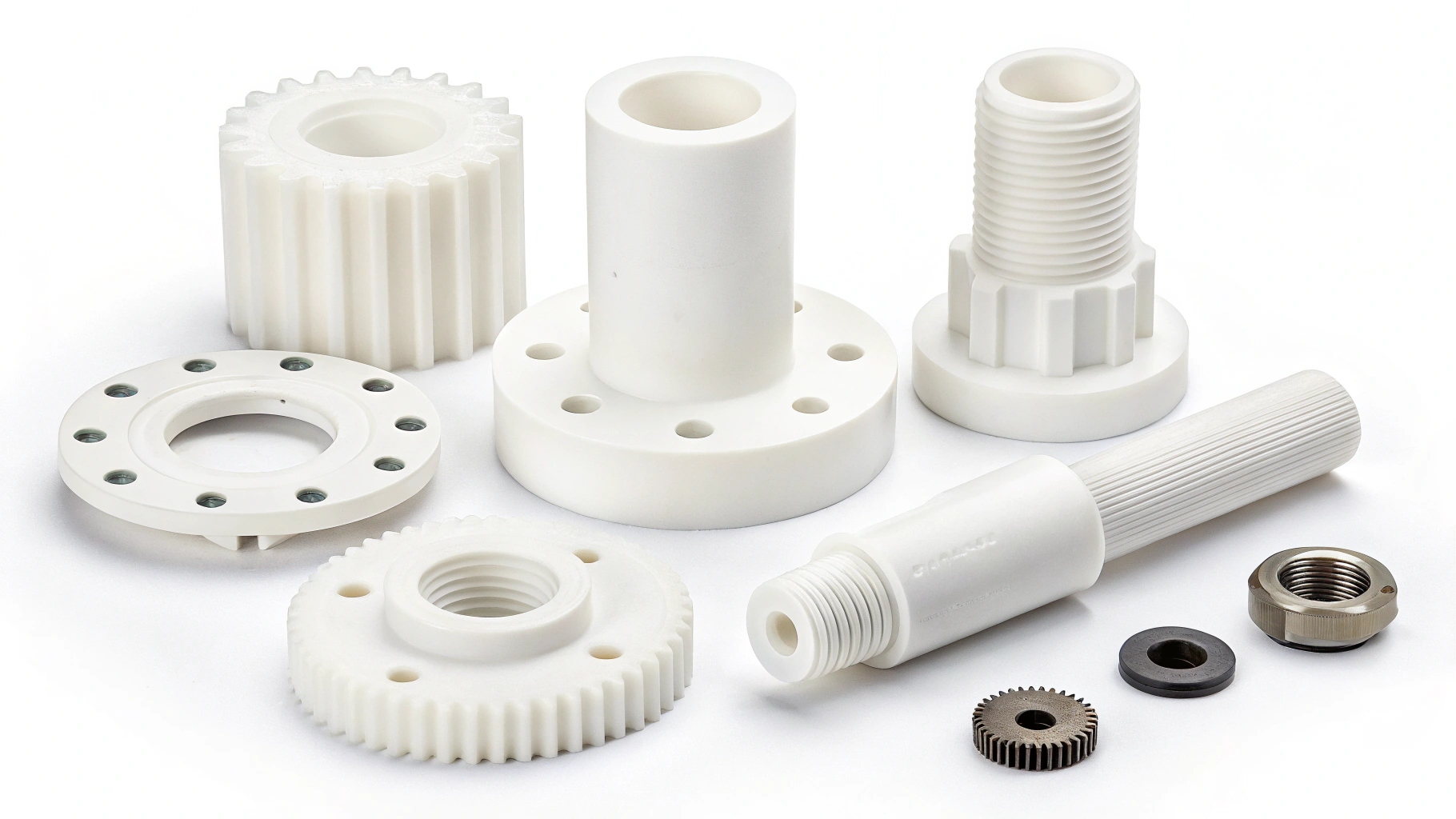
Dive-Deeper: Conventional vs. Non-Conventional Machining
Machining processes are broadly classified into two categories:
Conventional Machining
- Turning: Involves rotating the workpiece against a cutting tool to remove material, commonly performed on a lathe.
- Milling: Utilizes rotating cutters to remove material from a stationary workpiece, suitable for creating complex geometries.
- Drilling: Employs a rotating drill bit to create holes, fundamental in various manufacturing processes.
- Grinding: Uses abrasive wheels to achieve high surface finish and dimensional accuracy.
Non-Conventional Machining
- Electrical Discharge Machining (EDM)4: Removes material using electrical discharges (sparks), ideal for hard or intricate parts.
- Laser Cutting5: Employs a focused laser beam to cut materials with high precision.
- Water Jet Cutting6: Uses a high-pressure stream of water, often mixed with abrasives, to cut materials without generating heat.
- Ultrasonic Machining: Utilizes high-frequency vibrations to remove material, suitable for brittle or hard materials.
Each method offers unique advantages, and the choice depends on factors like material properties, desired precision, and production volume.
Differences Between Conventional and Non-Conventional Machining7?
Conventional machining involves direct contact between the cutting tool and workpiece, using mechanical processes like turning and milling. Non-conventional machining uses energy-based techniques such as EDM and laser cutting8, making it suitable for complex shapes and hard materials.
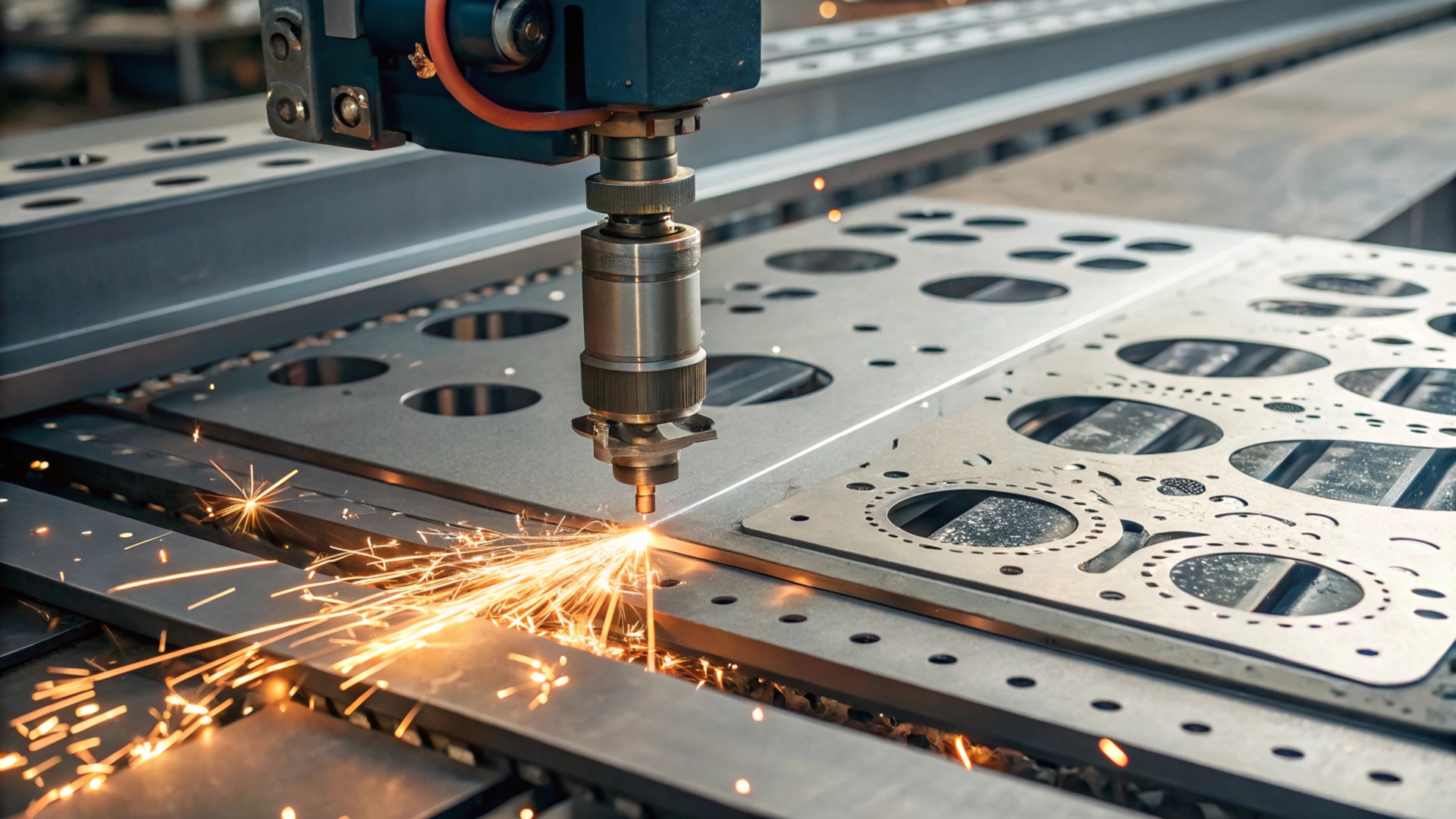
Dive-Deeper: A Detailed Comparison
Understanding the distinctions between these machining types is crucial for process selection:
Comparison Table
| Aspect | Conventional Machining | Non-Conventional Machining |
|---|---|---|
| Tool-Workpiece Contact | Direct physical contact | No direct contact |
| Material Removal Mechanism | Mechanical cutting | Energy-based processes (electrical, thermal, chemical) |
| Suitable Materials | Generally softer materials | Can machine hard, brittle, or complex materials |
| Precision and Surface Finish | Moderate to high, depending on the process | High precision with superior surface finish |
| Tool Wear and Maintenance | Higher tool wear due to contact | Lower tool wear, but equipment can be complex |
Key Considerations
- Complexity of Design: Non-conventional methods excel in producing intricate and complex geometries.
- Material Hardness: Hard or brittle materials are better suited for non-conventional machining.
- Production Speed: Conventional methods are typically faster for simple tasks.
- Cost Implications: Non-conventional machining often involves higher initial costs but can be more cost-effective for complex or high-precision requirements.
Selecting the appropriate method depends on the specific requirements of the part, including material, geometry, tolerance, and production volume.
FAQs
Common machining considerations include selecting the right process based on material type, part complexity, and required precision. Factors such as tool selection, cutting speed, and cooling methods impact machining efficiency and final product quality.
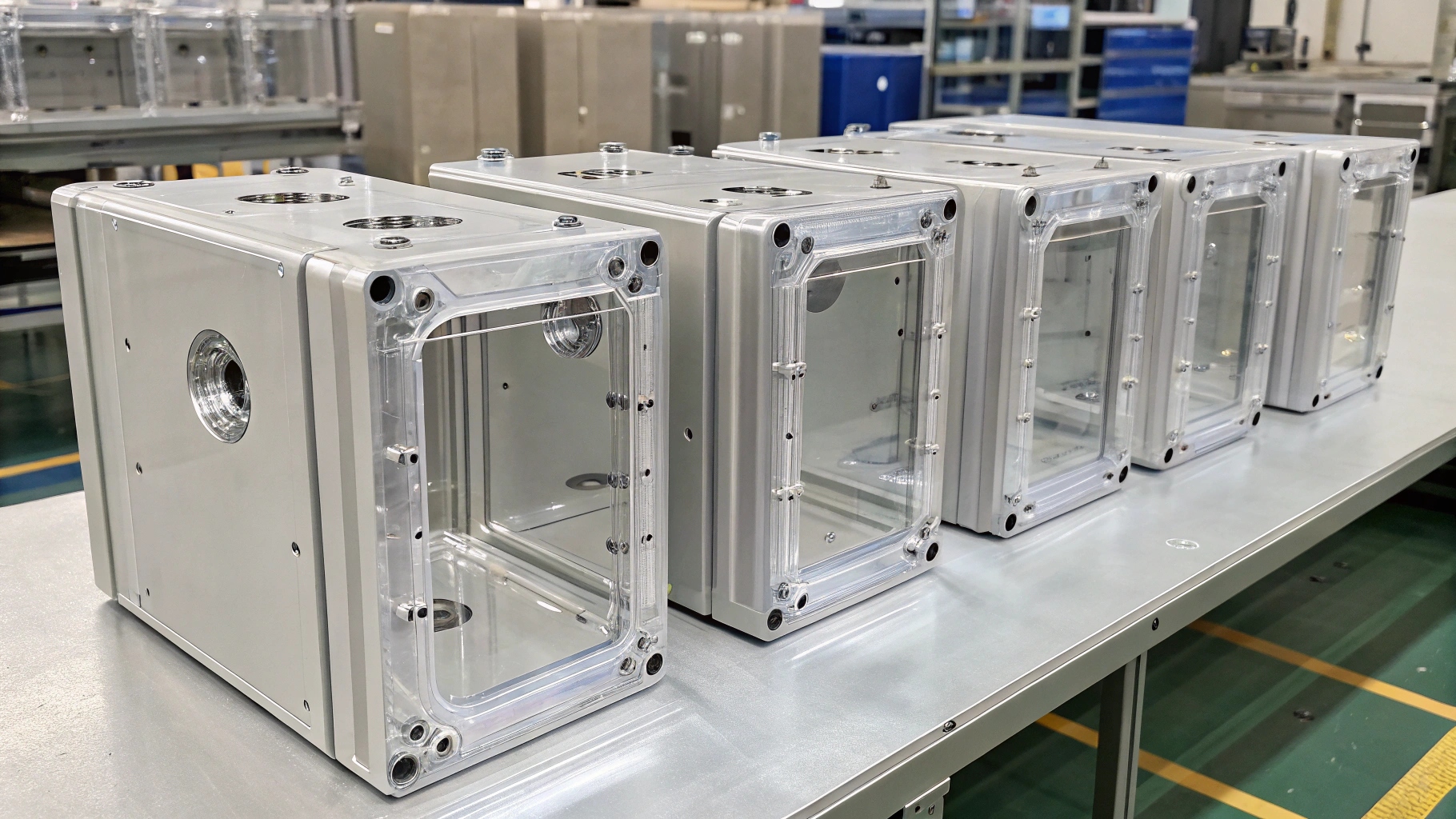
Dive-Deeper: Addressing Frequent Concerns
What factors should be considered when selecting a machining process?
Key considerations include:
- Material Type: Determines the suitable machining method.
- Part Geometry: Complex shapes may require advanced machining techniques.
- Tolerance and Surface Finish: Higher precision demands more controlled processes.
- Production Volume: High volumes may justify automated or specialized machining setups.
- Cost Constraints: Balancing quality requirements with budget limitations.
How does tool selection impact machining performance?
The choice of tool material and geom
Conclusion
Understanding the various machining processes enables informed decision-making tailored to specific manufacturing needs, considering factors like material properties, desired geometries, and production requirements.
-
Exploring this link will deepen your understanding of subtractive manufacturing, crucial for mastering machining fundamentals. ↩
-
This resource will provide insights into optimizing machining operations through proper cutting tool selection. ↩
-
Understanding machining parameters is essential for achieving desired outcomes in machining operations. ↩
-
Explore the intricacies of EDM, a non-conventional machining method that uses electrical discharges for precision machining of hard materials. ↩
-
Discover the precision and versatility of laser cutting, a key non-conventional machining process for cutting materials with high accuracy. ↩
-
Learn about water jet cutting, a unique machining process that uses high-pressure water streams for cutting without heat, preserving material integrity. ↩
-
Explore how Non-Conventional Machining offers superior precision and the ability to work with hard or complex materials, revolutionizing manufacturing processes. ↩
-
Discover the cutting-edge technologies of EDM and laser cutting, their applications, and how they enhance manufacturing capabilities for complex designs. ↩

